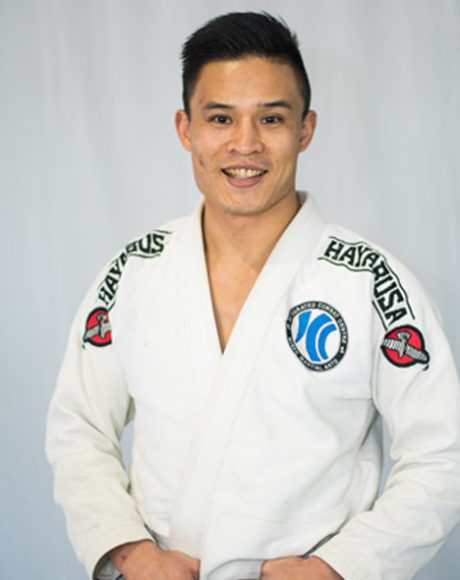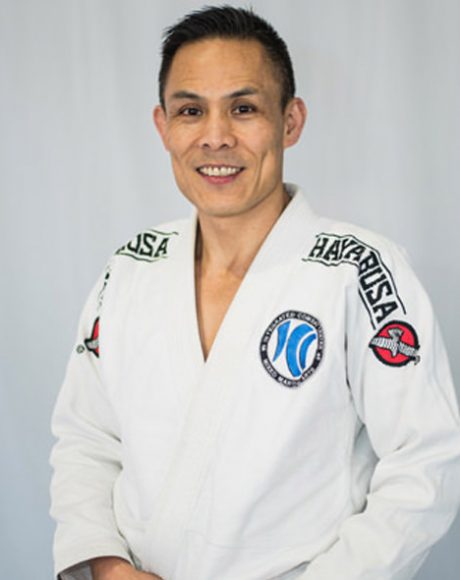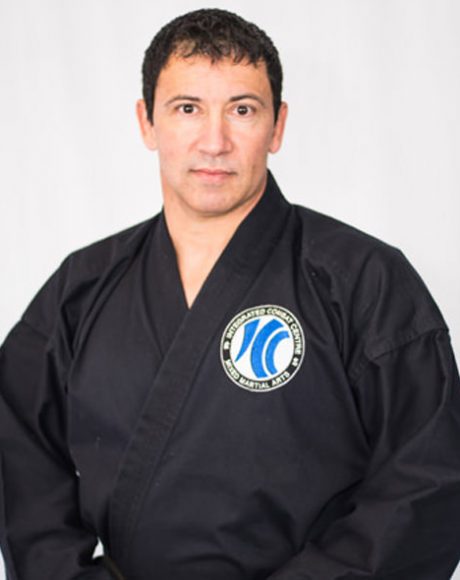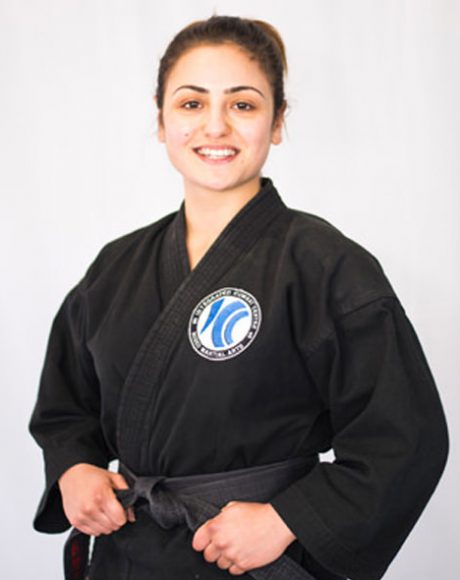Martial Arts and Self-Defence: Seeing the Bigger Picture
Many people enrol in our martial arts program at the Integrated Combat Centre at Peakhurst to learn how to defend themselves. This is a perfectly good reason for learning a martial art, but defending yourself by becoming a good fighter comes with a lot of responsibility.
For instance, our gymis a controlled environment, where learning and practicing martial arts is supervised by our experienced instructors. In the real-world, it is quite the opposite. First and foremost, the responsibility for controlling the situation falls on you.
Let’s have a look at the bigger picture of self-defence.
Awareness in Social Encounters

There are numerous scenarios during which one may feel threatened by others. This can happen in clubs, on public transport or street, etc. Certain environments have a higher chance of getting in trouble than others. Learning martial arts doesn’t give you the right to intentionally expose yourself potentially dangerous situations. If anything, it makes you more aware of the potential dangers and ways to avoid it.
A big part of martial arts is working on one’s awareness. Generally, everything boils down to you and your spilt-second decisions. For instance, if you are in the club and you see that there is someone who is looking for trouble, it is much wiser not to engage them in eye contact.
Sometimes it is simply better to leave the place or cross the street and prevent a physical encounter from ever happening. Your common sense is a far better self-defence skill than any martial art.
Self-Defence Legal Implications
This is how the law defines self-defence, as one of the many lawful excuses for engaging in activities usually frowned upon by the law i.e. “The notion that one had to act in the way they did in order to defend themselves or others.”
Sometimes avoiding a physical encounter is, unfortunately not possible. For these situations, it is important to be aware of self-defence law implications, and what consequences you might face from inflicting harm to another person. Often these areas of the law are grey and proving self-defence in court may be difficult thing. This is why walking away from trouble is the best self-defence skill you will ever learn and master.
Getting Out of Trouble the Peaceful Way
Should you be forced to engage in an argument with someone who has ill intent, you want to make it clear that you don’t want to fight by:
- Stating out loud that you don’t want trouble – you want to make it loud and clear that you are the reasonable one here. Do not be derisive or talk down to them.
- Trying to calm the situation – being calm and assertive, apologising for whatever perceived insult you have been accused of, and offer a calm solution.
- Exhibiting neutral and non-aggressive body language – the “raised arms with open palms” posture tells everyone that you don’t want trouble, and it also serves as a barrier between you and the aggressive person in front of you.
- Keeping your distance – taking a step back shows everyone that you don’t want to be there or challenge anyone, and it helps you avoid any sneaky shots that are difficult to see coming from close range.
- Trying to walk away – being assertive and calm might dissuade a potential attacker, but you always want to let them save face, making it look like it was their choice to “let you off the hook”, and this may require you to swallow your pride a bit. You need to make a clear effort to simply walk away.
Avoiding places where trouble lurks, keeping a cool head and a watchful eye, and good people skills will keep you out of trouble most of the time.
Pick your Battles

Despite all the facts above, in some scenarios you will not have the chance to walk away and avoid trouble. In these moments it is extremely important to be as calm as possible and to remember that you want to create an opportunity to escape and not to completely disable and harm the person who assaulted you or “win a fight”.
This is why our Sydney martial arts instructors pay a lot attention to repetition and drills. By improving muscle memory, you will be able to react instinctively in those situations and deal with the threat quickly, so that you can get out of there.
Keep in mind, though, that you only have to take your opponent down and get those few valuable seconds in order to escape and notify the authorities. Don’t continue the fight once the immediate threat has ended.
As you can see self-defence is not as simple as it may seem. Martial arts will help you build up your confidence and will most definitely arm you with techniques that can prove valuable in tricky situations. If you would like to learn more about defending yourself from physical threats be sure to check out our 7 day free trial and try any of the martial arts we offer.
But, remember, in most cases it is much smarter to walk down a different street than to engage in physical encounter, so check your ego at the door and keep your eyes open.
Give our BJJ program a go and experience the improvements to all of these fields. It is considered to be an excellent first style where the skills are easily transferable.





